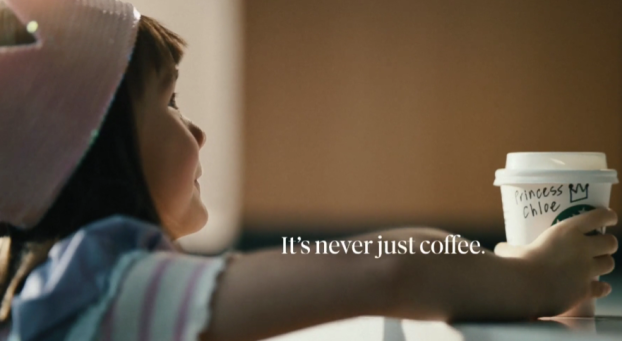As retailers and marketers begin dipping their toes into the mobile space, Loyalty One has just released a sobering statistic: six in 10 Canadians say it’s unacceptable for a retailer to send offers and information to their personal smartphones whenever they’re near the retailer’s location – even if permission has been granted.
This bucks the high praise heaped onto mobile marketing efforts, which allow marketers to more personally target consumer.
But Bryan Pearson, author of the study and CEO of Toronto’s Loyalty One, says it isn’t hopeless. Rather, they found that it is the manner in which the targeting occurs that turns people off.
“Just because you’ve opted into something and provided – without even knowing – permission for someone to send offers to your mobile phones, it’s not necessarily an invitation for brands to bombard you,” he says. “What people are reacting to is the intrusion factor of a ‘push’ offer from the retailer to the phone, as opposed to the pull environment [where they seek the coupon or information].”
So for brands embarking on geo-specific offerings, the best approach upfront might be to allow consumers to seek the offers themselves – rather than pushing out coupons to their phones, he says.
Brands have a huge opportunity to merge the location-based information collected from phones with loyalty and past purchase history to create uber-targeted communication that is highly relevant to consumers. Considering the hyper-personal nature of a phone (over an email address, for example), brands need to be aware that using consumers’ information gathered through and communicated by phones must be done in a different way than traditional loyalty programs. Companies risk alienating shoppers if mobile isn’t done right, causing them to question how much information should be shared in the first place. Further, consumers are, en masse, losing trust due to the vast amounts of data companies collect of them, Pearson says – not just as it pertains to mobile.
“The consumer is foundationally aware they’re being tracked,” he say. “What they believe is that the vast majority of companies are using that information for the company’s benefit – not the consumer’s benefit.” This reflects an earlier study by Colloquy, which found that only 22% of Canadians considered communication around loyalty programs “extremely relevant,” and were becoming disenfranchised with what the loyalty program offers them.
Pearson says consumers might become disenchanted with what companies are doing in the mobile space, before marketers can work out the bugs.
“So they’ll turn off the devices for marketer to reach out to because they aren’t seeing value in [it],” he says. “It threatens to become wallpaper.”
To combat this, Shoppers Drug Mart has stayed away from pushing out coupons through its mobile app, launched in 2011. The app, which was a testing ground for the pharma retailer, allows users to find nearby locations, check out their loyalty points and see what’s on sale in store and was specifically designed based on what its consumers were looking for, says Sandra Sanderson SVP marketing, Shoppers Drug Mart. While it are exploring other options for the app (including enabling mobile wallets and push coupons) any move it makes will be first tested out with its Shoppers Voice community – an online panel of 18,000 Canadians.
Corrine Sandler, CEO, Fresh Intelligence, further adds that she thinks Canadians are ready for mobile marketing efforts (a recent study her group undertook found that 62% of consumers would opt in to receive in-store promotions via their phones), but that marketers aren’t being clear enough upfront about how the information will be used and what the benefit is for consumers. Indeed, she found that consumers are willing to give up their personal information if the in-store experience will be bettered.
But, she says, consumers will not embrace mobile until there is more transparency from brands as to what the information will be used for and what the consumer will get in return. Communication needs to be clearer and do away with the fine print.
Sandler further adds that marketers should begin with baby steps (something that appeals in a limited-marketing-budget world). Introducing tablets into stores for consumers to use at their convenience that can be linked to their loyalty cards to search for information and product reviews is a non-intrusive way to get folks used to using mobile in-store in exchange for providing personal info.
And for brands ready to make the dive into the app world, she says they need to be aware of what consumers really want from a store app. While coupons and recommendations rank high on the list, 80% of people are looking for store inventory. She also says it needs to be easy for users to manage the communication they receive from the brand, making opt-ins and opt-outs as easy as a push of a button.
“So I [say I] want to get all these offers from the retailer, and then next month I’m getting too much, I can go back and manage my preferences,” she says.
Pearson likens mobile marketing to the internet payment system of the early 2000s. Many were skeptical about its safety and benefit, but overcame that fear once the value was truly delivered. In mobile, the same has to happen.
“The consumer is still trying to figure out the rules of the game and how it works,” he says. “And the retailers are trying to use the channel in a way that consumers will find acceptable.”
























